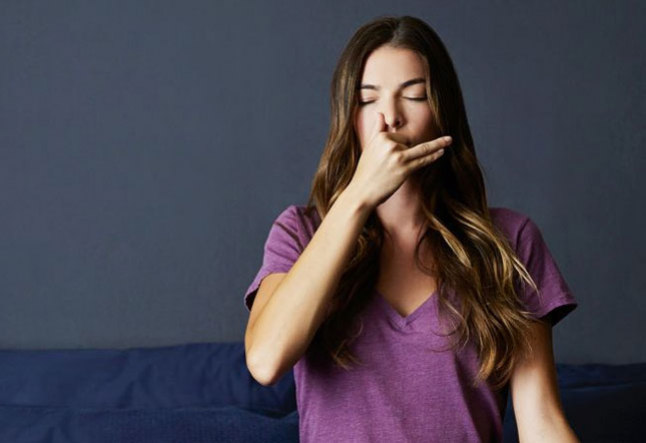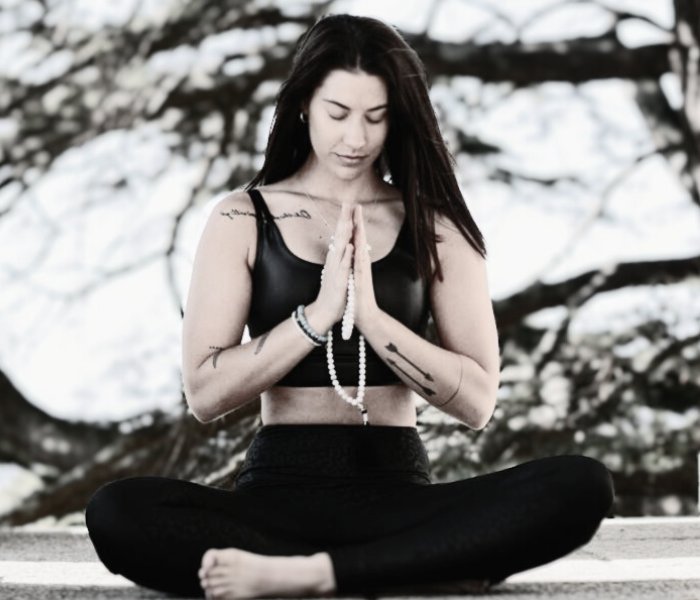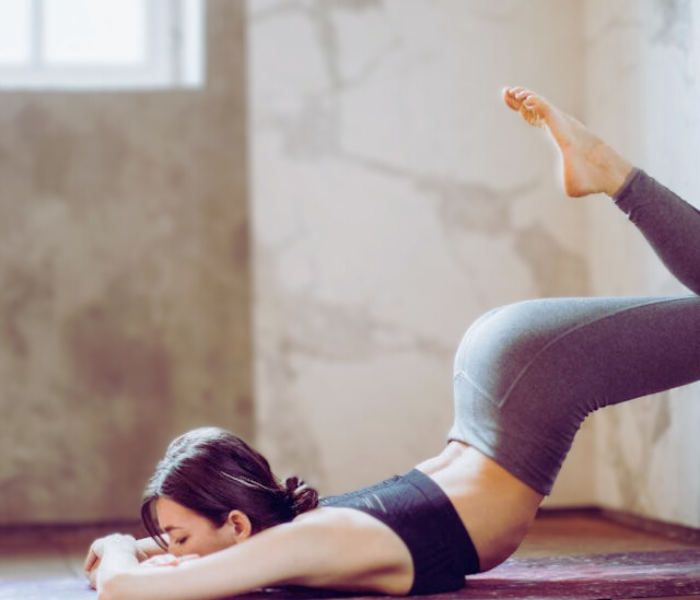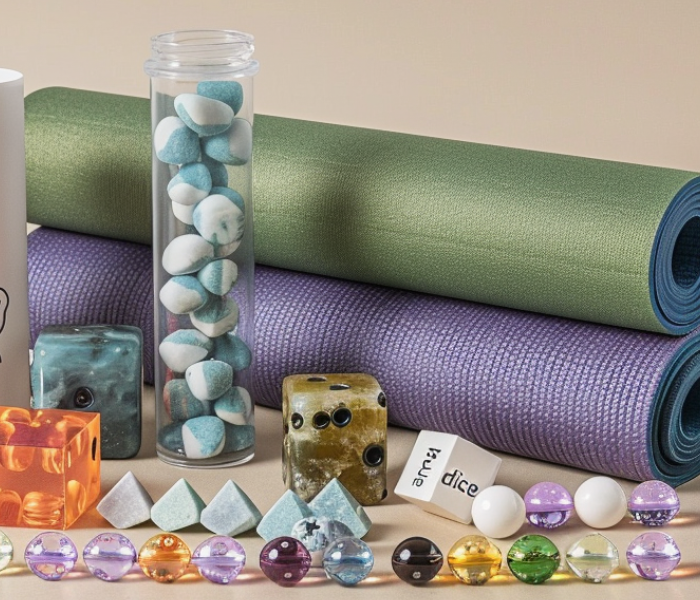yoga for anxiety

breathe deeper
“The past has no power over the present moment”
Eckhart Tolle.
Anxiety disorders affect millions of people worldwide. Mental health issues are a growing health concern while 1 in 10 children, and 1 in 5 adults, have been clinically diagnosed with a mental illness. We need to do more to address and manage mental health.
What is anxiety?
“Anxiety: a feeling of worry, nervousness, or unease about something with an uncertain outcome.”
How does yoga fit in?
Anxiety is all about the future. One way to ease and manage anxiety is to practice remaining in the present moment. Yoga helps us to stay in the present moment.
“In the future there is fear. In the present there is no fear” BKS Iyengar.
Yoga can be a lifeline for those coping with anxiety. Doctors are increasingly recommending it as an alternative therapy. One of the foundations of yoga is the breath. Focused breathing is essential to yoga and can help calm an anxious mind.
Pranayama (breathing techniques) taught in yoga classes can be used at any point in life when you are feeling anxious or overwhelmed.
Anuloma Viloma (alternate nostril breathing) is a great example of a balancing and calming breath–balancing the right and left lungs and the right and left hemispheres of the brain.
This technique helps us to slow down and deepen the breath, which in turn calms the mind and body.
Pranayama teaches us to remain present in the moment, to observe and focus on what is happening to the breath, and in turn to notice the mind and body. You don’t have to be in Yoga class to experience these breathing techniques. You can practice them anywhere.
Try this:
• Sit comfortably
• Breathe in counting slowly from 1 to 4
• Breathe out counting slowly from 1 to 5
• Repeat three times
What do you notice?
Is your breath slower, deeper? Is your mind more still, focused? Is your body slightly more relaxed, your shoulders less tense? Have you forgotten what you were thinking about a few minutes ago?
Did you find that your focus was on each breath, as you breathed in and out, and not on worries about things in the future that may or may not ever happen?
Use this breath when you feel anxious or afraid, or if you want to feel centered and grounded. Pranayama is available to you anytime you want it.
Meditation is another amazing tool to ease and reduce anxiety. Meditation requires practice and time.
Start by simply by sitting for 5 to 10 minutes a day in a quiet and comfortable place where you will not be disturbed. Use the pranayama techniques, focus on your inhalation and exhalation, and take deep breaths with your whole lungs.
Also Read>>> Ziva Meditaiton by Emily Fletcher
You may want to experiment with three part breathing. First breathe into your belly, then your mid-body, then your chest.
Slowly exhale in reverse. First your chest, then your mid-body, then your belly–gently contracting your belly button toward your spine.
Meditation allows us to find a quiet moment to be present and focus inward, easing the busy mind. Meditation is not only good for reducing and managing anxiety, but it can also reduce stress levels and improve sleep.
If you suffer from anxiety, try yoga and meditation and see if you feel the benefits by coming back to the present moment.



